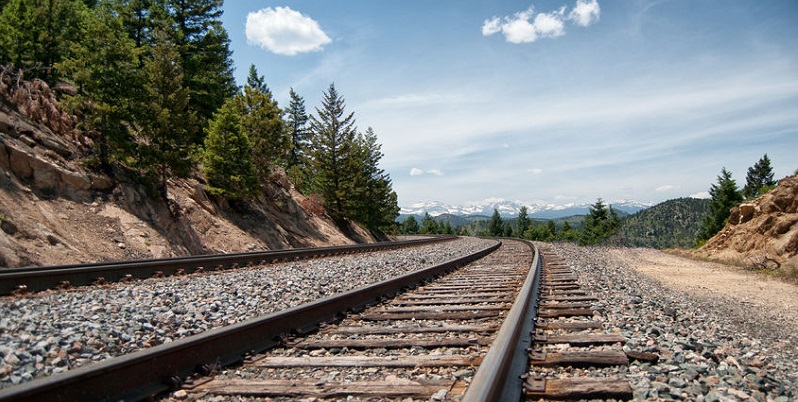In 2017, FRA reports that there were over 8,200 railroad accidents that killed 243 people. In Colorado, there were 79 accidents which resulted in three deaths.
Vehicle-Train Related Accidents in Colorado Take Off as 2018 Begins
Only a couple of months into 2018, and already there has been a rash of vehicle-train accidents at railroad crossings, including a recent crash in Eaton, CO that killed a teenager. What’s even more disheartening, is that last year another teenager was killed at the same Eaton railroad crossing. Federal authorities launched a railroad crossing awareness program last year and continue to push safety with a public service ad to hopefully put a dent in the number of Colorado vehicle-train accidents that continue to happen at railroad crossings.
“Stop! Trains Can’t” Public Awareness Campaign Graphically Depicts Vehicle-Train Accidents
According to the U.S. Department of Transportation, every three hours, a person or a vehicle is involved in an accident with a train. An eye-opening report by the Federal Railroad Administration (FRA) goes into detail on just how dangerous railroad crossings have become. In 2017, FRA reports that there were over 8,200 railroad accidents that killed 243 people. In Colorado, 79 accidents resulted in three deaths. Research over the past decade has shown that railroad crossing accidents involving vehicles and individuals walking on or near a railroad track account for 94 percent of all rail-related deaths. That fact was one of the reasons why the campaign “Stop! Trains Can’t,” was developed. It highlights that in most cases, deaths due to train accidents are avoidable if the person walking or driving was paying attention.
That’s because currently in the U.S., only a little over half of all railroad crossings have bells, a gate, and flashing lights, while the remainder of crossings have only signs and marking, but no active warning devices, like bells and flashing lights. Drivers and pedestrians alike must be aware of their surroundings when approaching a railroad crossing because if not, the results could be deadly.
Following the Rules Can Protect You
As a motorist or pedestrian, it’s up to you to follow the rules around railroad crossings. Not only should you always follow traffic laws but keep this thought in mind – if a train is traveling at 55 miles per hour, the conductor, once the emergency brakes are applied, needs a full mile to come to a complete stop. Explained visually, a train needs the length of 18 football fields, or more, to come to a complete stop. That’s why it’s vital for those coming upon a crossing, whether it’s one with warning devices or a crossing with only markings, to know the rules of the road. Drivers must:
- Understand all signs and warning devices and obey them
- Always be prepared to stop at a train crossing and when approaching one, slow down and look both ways. Also, make sure you listen for an approaching train.
- Always make sure there is enough room on the other side of the tracks, so if you do have to stop once you’ve crossed, your vehicle is safely away from the tracks.
- Never attempt to try and outrun an approaching train.
Pedestrians walking near a train track must remain alert and listen for an approaching train. If you must cross the track, always do so at a designated pedestrian crosswalk, and when you do cross, do so quickly without stopping on the tracks.
These all seem like common sense rules, but for whatever reason, 243 people last year chose not to adhere to them, and that was a fatal mistake. Don’t make one yourself next time you come upon a railroad crossing in Colorado.

